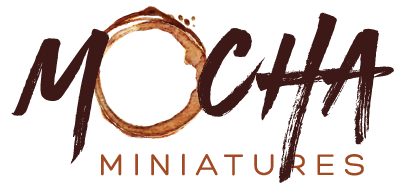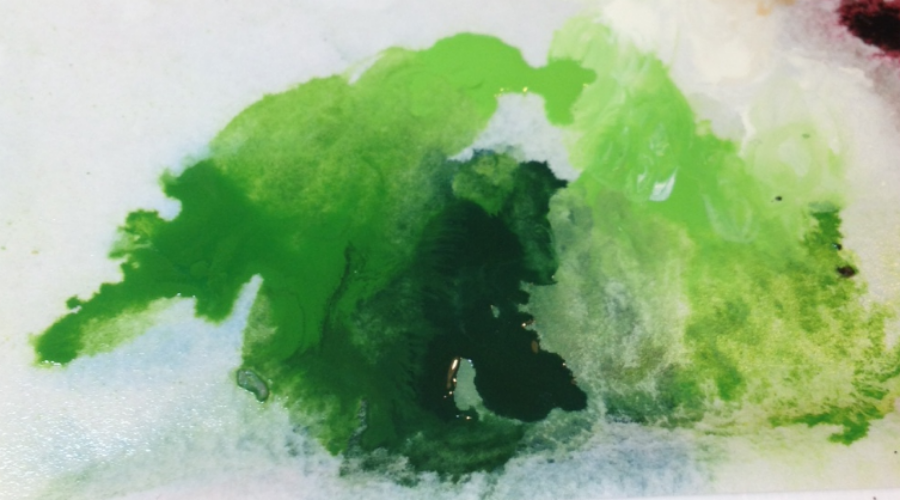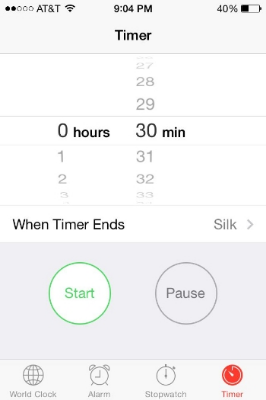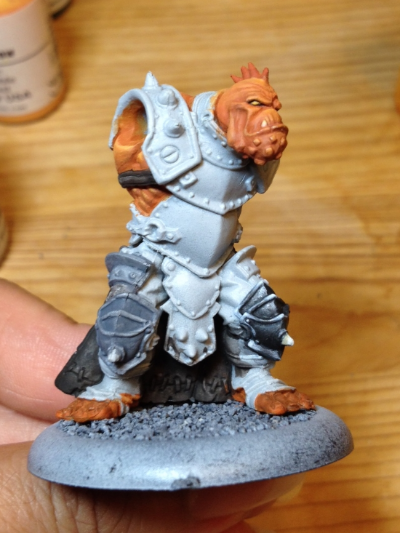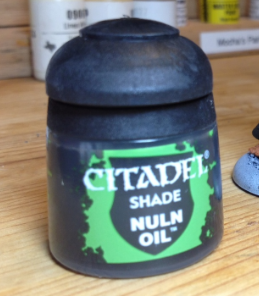Happy Miniature Monday! Yesterday was rainy-- the type of weather that makes it impossible to tell the time. A perfect day for painting! This weekend I realized that I've been unwittingly putting off painting my Infinity miniatures due to their small size and delicate assembly. So yesterday I decided to start my first Infinity miniature-- a Djanbazan Hacker.
First, I picked out a precast base for her and went with one of my desert wasteland options:
After the preliminary dance of cleaning, assembling & priming, I made some significant progress. I wanted to paint her in more Earth-based/camouflage colors and give her clothing a sandblasted look to them. So far so good!
My biggest challenge here is to avoid obsessively blending my colors. I want her pants to look like well-worn twill-- a sturdy fabric that has faded over time. I'm not quite there yet, but I'm getting closer. Right now, they look too clean so I'll probably mute the highlights with some subtle glazes. I'll see how the rest of the miniature turns out before I go back & fuss over the pants. Here's a WIP picture after I painted the front of the pant fabric:
